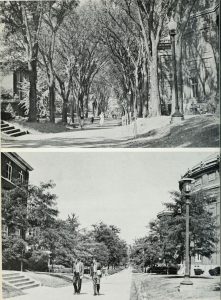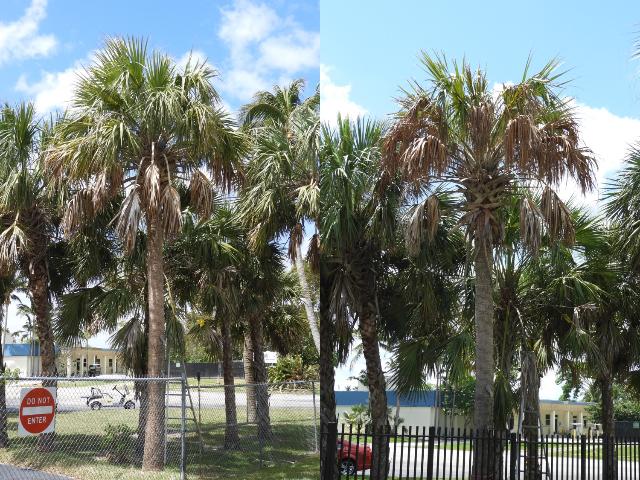A Lesson from History: Dutch Elm Disease
It is a strange thing; a never-ending story continually appearing in the landscape. We fall in love with a specific landscape aesthetic, certain plant material begins to dominate the landscape, and then disease takes over. The masthead of this story is Dutch Elm Disease (DED).
Elm trees (Ulmus spp.), especially the American elm (U. americana) are strong, provided shade and a wonderful canopy in suburban and urban areas. The American Elm’s ability to thrive in urban settings and maintain a high-aesthetic quality led to thousands being planted throughout the United States. The popularity of the American Elm led to them being the most common tree in the landscape-it created a monoculture.

American Elms covered the landscape, but then DED arrived. The Elm Bark Beetle spreads DED, a vascular wilt disease caused by fungi. Elm trees infected with DED die and the beetle spreads the fungus very easily. Due to the high number of Elm trees in the landscape, DED spread quickly and thousands of trees died.
DED originated in Asia, but many Elms were susceptible to the disease. The monoculture of Elm Trees within the American landscape led to the disease’s quick spread and devastating impact. In many areas, every tree within neighborhoods and communities were completely lost. It quickly spread to undisturbed forest ecosystems too.
Florida’s Current Issues
Preventing the spread of DED could have been impossible but planting a diverse landscape would have significantly slowed the spread of the disease. A diverse population, or polyculture, could have protected sensitive natural habitats and prevented loss of canopy within communities.
Our environments thrive with plant diversity. Lack of plant diversity can increase disease and pest pressure. Despite the lessons learned from DED, we still face very similar threats to our landscapes. Many times, the only solution is to increase diversity in our landscapes because there is no cure or effective control for the disease or pest. For Floridians, the infamous Citrus Greening is very similar. A pest spreads citrus Greening and we do not have effective control, yet it has devastated Florida’s citrus industry.
Lethal Bronzing Disease
Emerging disease of concern is Lethal Bronzing Disease (LBD). Once called Texas Phoenix Palm Decline, we have learned that its impact goes beyond Phoenix Palms-including Florida’s native Cabbage Palm (Sabal palmetto). Just like DED, an insect spreads LBD and leads to the complete death of a palm tree.
Currently, there is nothing we can do to actively monitor for LBD. Once we see symptoms of LBD the palm tree should be removed immediately. Preventative injections of antibiotics may help reduce the spread, but antibiotics cannot reverse symptoms.
There are multiple symptoms of LBD: early fruit drop, necrotic flowers, frond discoloration, and spear leaf collapse. No symptom should appear first, nor is there a guarantee all symptoms would appear on a palm. Between the time of infection and complete decline of the palm could take eight months-depending on palm type. The only way to confirm your palm has LBD is through a plant diagnostic lab. Immediately remove all palms with LBD to prevent the spread of the disease.

Prevention Starts with Plant Diversity
Like American Elms, palm trees are an important part of our environment and landscape aesthetic. Unfortunately, LBD spreads very easily, putting palms at a high-risk of infection. The best management practice we can do to prevent the spread of LBD and any other unknown disease is to increase plant diversity within our landscapes. Plant diversity will help reduce disease outbreaks and unnecessary loss to an important plant species.
 0
0
